Reportar esta entrada
Más sobre la misma comunidad-colección
Clase de 1941 - Escuela secundaria Douglass
Class of 1941 - Douglass High School - El Paso, Texas. Includes ...
Escuela secundaria Cathedral - LQVQ Tamalada
Cathedral High School-Tamalada three parts good looking one part ...
Escuela secundaria Douglass - 1941
Douglass High School - 1941 - El Paso, Texas - students from the ...
Escuela secundaria Cathedral - Tamalada
Cathedral High School-Tamalada "We aren't talking about you. ...
Escuela secundaria Cathedral - LQVQ Tamalada
Cathedral High School-LQVQ Tamalada Out of city visitors. ...
Graduación de Harvard - Nick Mathis - 1980
Harvard Graduation Ceremony - School of Education - 1980 - she ...
Blanche Henderson Grundy - Graduación - 1950's
Blanche Henderson Grundy - Graduation - 1950's - New Mexico A& M ...
William Alexander Henderson - 1880 - El Paso, Texas
Photograph - William Alexander Henderson - 1880 Stationed in ...
Blanche Ethel Henderson - 1906
Mother of Frances Marie Grundy who attended Douglass High School ...
Frances Marie Grundy - Escuela secundaria Douglass - 1941
Frances Marie Grundy - Douglass High School - 1941
Antiguos alumnos tomando el paseo a la iglesia para asistir al memorial.
Raul Guereca, beloved Cathedral High School teacher, passed away ...
1954 - Banda de marcha de los combatientes irlandeses del CHS - El Paso, Texas
The marching band was Under the Direction of Christian Brother ...
Archie Candelaria con su hijo y otros dos grandes golfistas
Father and son team against the two other big kids on the block. ...
John Romero dirige este grupo de golfistas
John leads like he heards not in score but in just trying to ...
Un equipo multicolor de golfistas
This foresome is fearless the ball does not scare them at all. ...
Los dos en el centro parecen como si pudieran matar la pelota.
If on the first hole they take out their guns you know they mean ...

















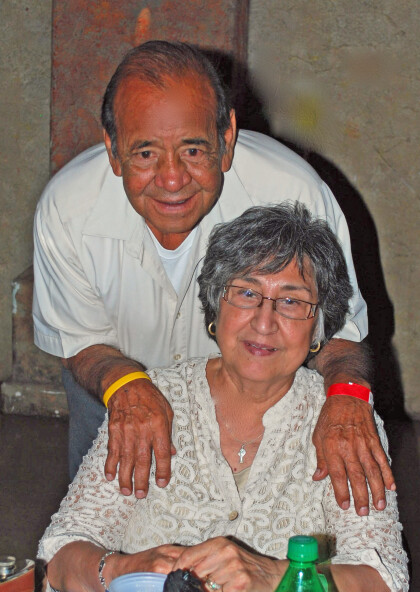
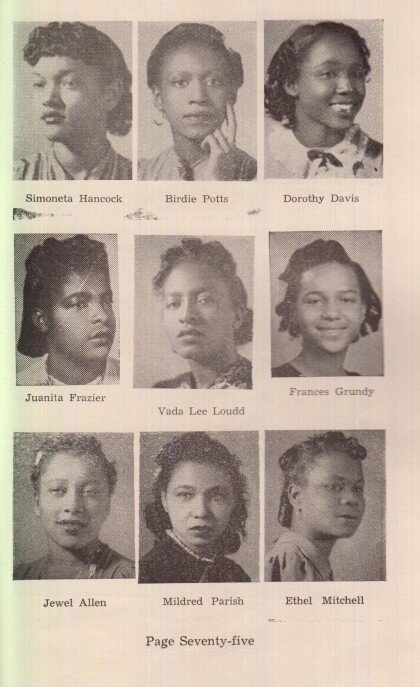
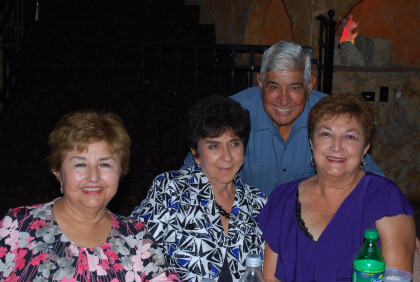
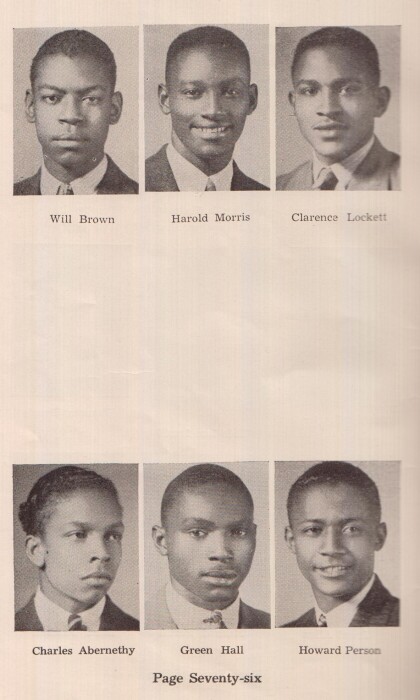
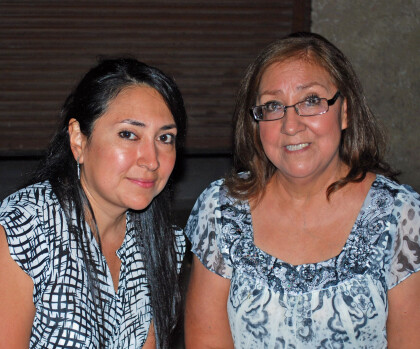

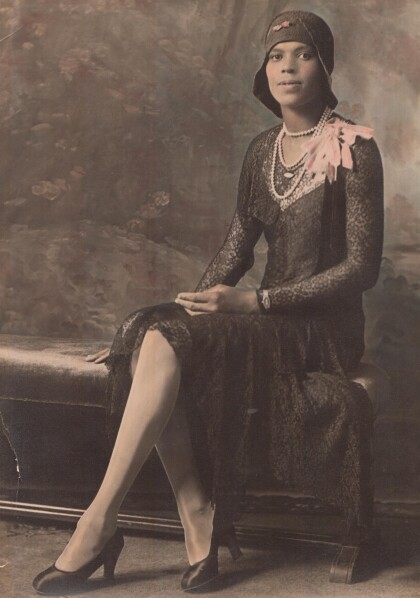

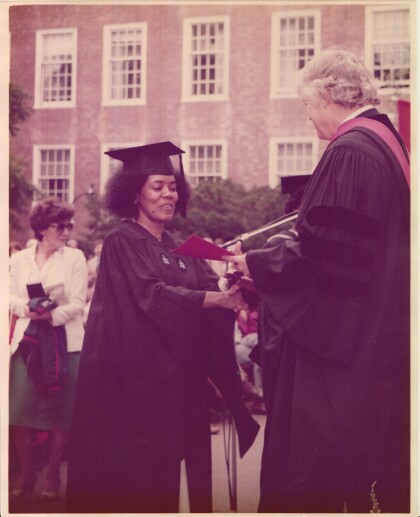
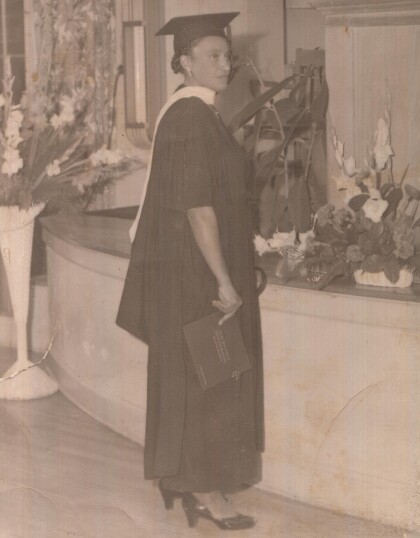
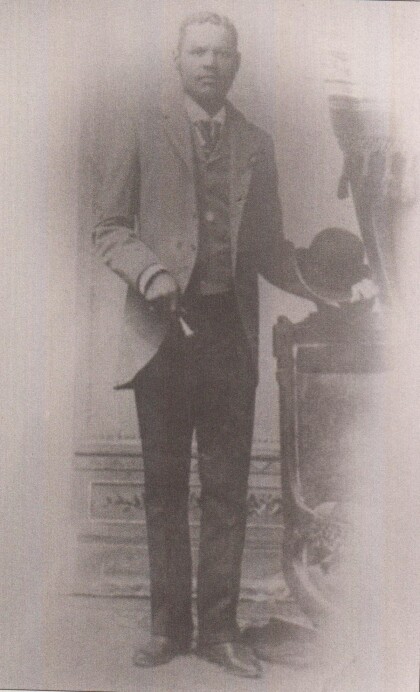
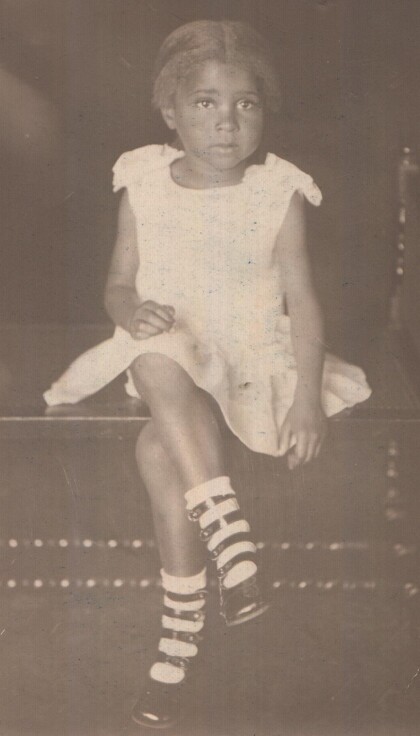
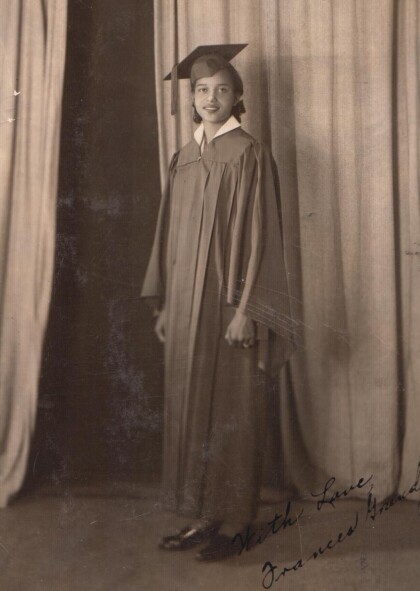
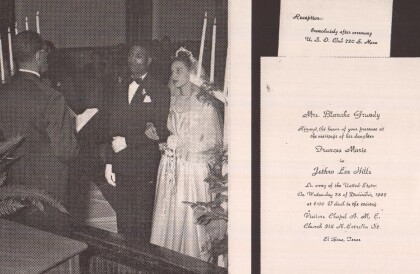
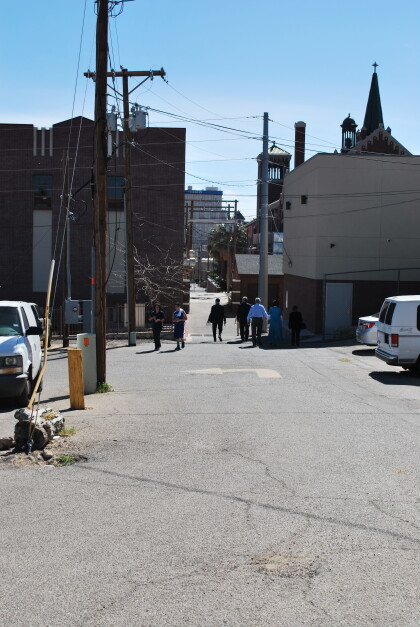
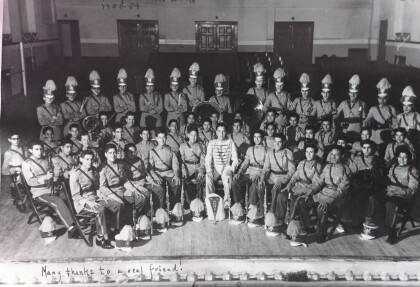

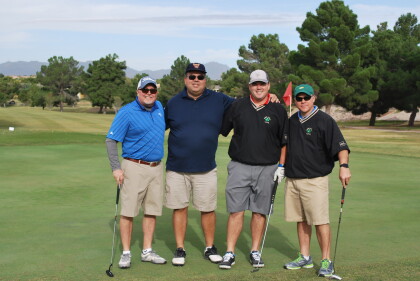
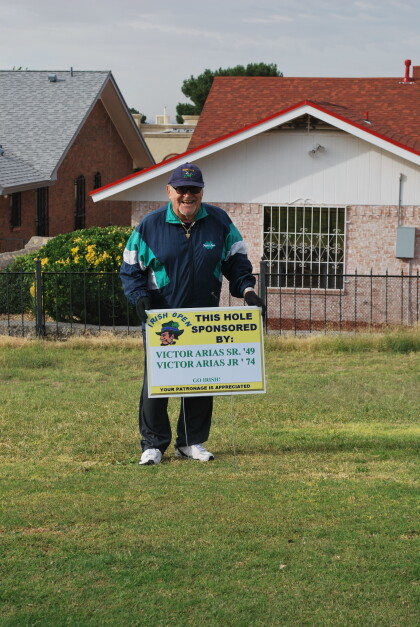
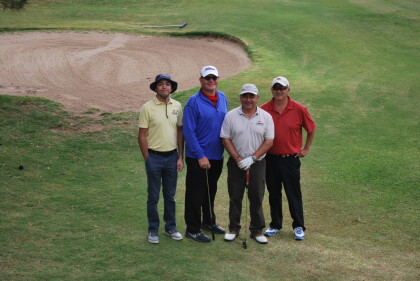
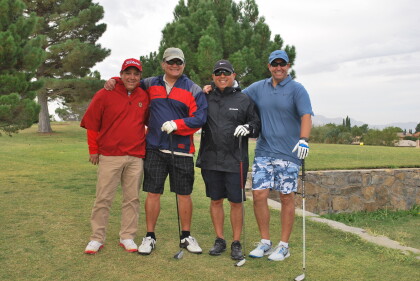
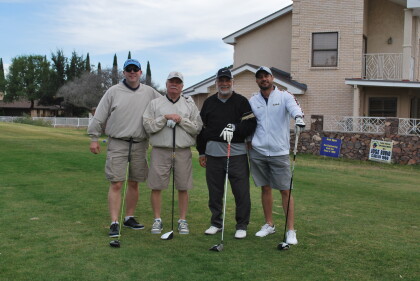
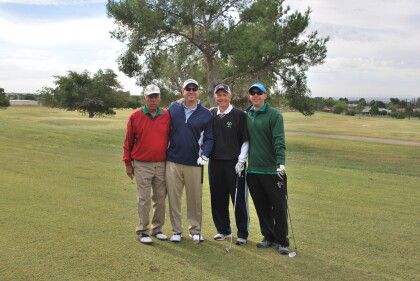
Comentarios
Hacer un comentario